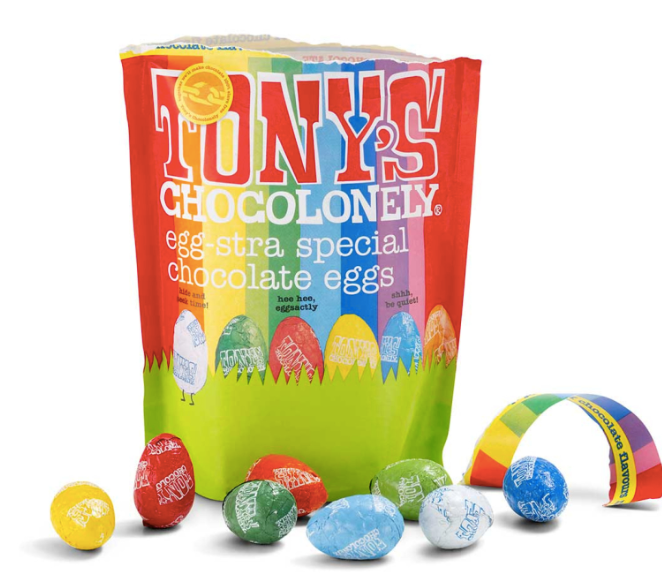The National Indigenous Fashion Awards are a celebration of First Nations fashion designers in Australia. The awards are presented by the Darwin Aboriginal Art Fair Foundation, and they are working hard to build self confidence among First Nations fashion designers and models, as well as increasing local and international awareness of their work.

There is a sense of urgency for this project. Building resilience and self confidence in First Nations designers and artists helps to protect them from design theft.
In 2017 the famous Parisian fashion house, Coco Chanel, produced a wood and resin boomerang priced at a whopping $1930.00 AUD for their website. Despite the growing growl of protest this was the third time they had produced a Coco Chanel boomerang for sale.
There are too many examples of the big fashion houses using Indigenous communities' designs and intellectual property from across our world without consultation.
There is a wonderful joy that comes from sharing ideas and creativity, but this joy is marred and bleak when creativity and intellectual property is taken without consultation, permission, and without any income sharing. The appropriation of cultural property from an Indigenous people without permission can be seen as an expression of power over the powerless.
Sharing of cultural designs can be done well.
Melbourne fashion label Nancybird are celebrating Indigenous art in their latest collection. Emily, the founder of Nancybird, collaborated with Indigenous artist, Murdie Nampijinpa Morris from Warlukulangu Artists in Yuendumu. Warlukulangu Artists are members of the Indigenous Art Code which ensures ethical art dealing within the sector. The Art Centre promotes and liaises between agents and the artists, ensures that the artist retains control of all their designs, and that they are consulted and fairly paid for the use of their artworks.
Murdie Nampijinpa Morris is an Aboriginal Elder who painted using bold colours and and traditional patterns, and her artwork translated beautifully to the Nancybird clothing designs. Murdie is now unable to continue her painting, but she is very proud of her work and loves that her designs can be showcased this way. The royalties Murdie receives from the use of her artwork on products like clothing means that she and her family can continue to receive an income, even though she is not actively painting.
"Every time she (Murdie) is shown her work on the product, she just beams. She's always just so proud that her work is being seen and shared."
- Cecilia, CEA of the Warlukulangu Arts Centre

Murdie Morris
Nancybird have created a range of beautiful pieces that honour Murdie's work. During Fashion Revolution Week it is so good to hear a positive song in the cacophony of ugly revelations about the manner that so many fashion houses abuse our environment, and the people who make their clothes.
We are not beautiful if we are wearing clothing made from exploitation or stolen designs.
Rosemary Hill in her lecture called "Frock Consciousness" asks 'who women dress for', and her answer is "For herself, of course!" But, let's change that narrative, so that we are not only dressing for ourselves, but also to celebrate the makers, and to celebrate designers who abide by humanitarian ethics.
Bron
References:
1. ABC News: National Indigenous Fashion Awards celebrate First Nations Fashion Designers by Peter Lacey Read here2.
2. Mashable: 'Chanel's $1930.00 Boomerang rip off is wrong on so many levels' By Johnny Lieu
3. 'The good, the bad and the offensive: a look back at the year in fashion cultural appropriation.' Fashionista magazine , by Chantel Fernandez. Read here.
4.New York Times: 'Homage or Theft? Carolina Herrera called out by Mexican Minister' by Vanessa Friedman. Read here.
5. Nancybird founder Emily chatted with Cecilia Alfonso the manager of Warlu Art Centre on Abc NT radio with radio host Alexandra Barwick. you can listen to the full interview here. It's well worth the listen.





